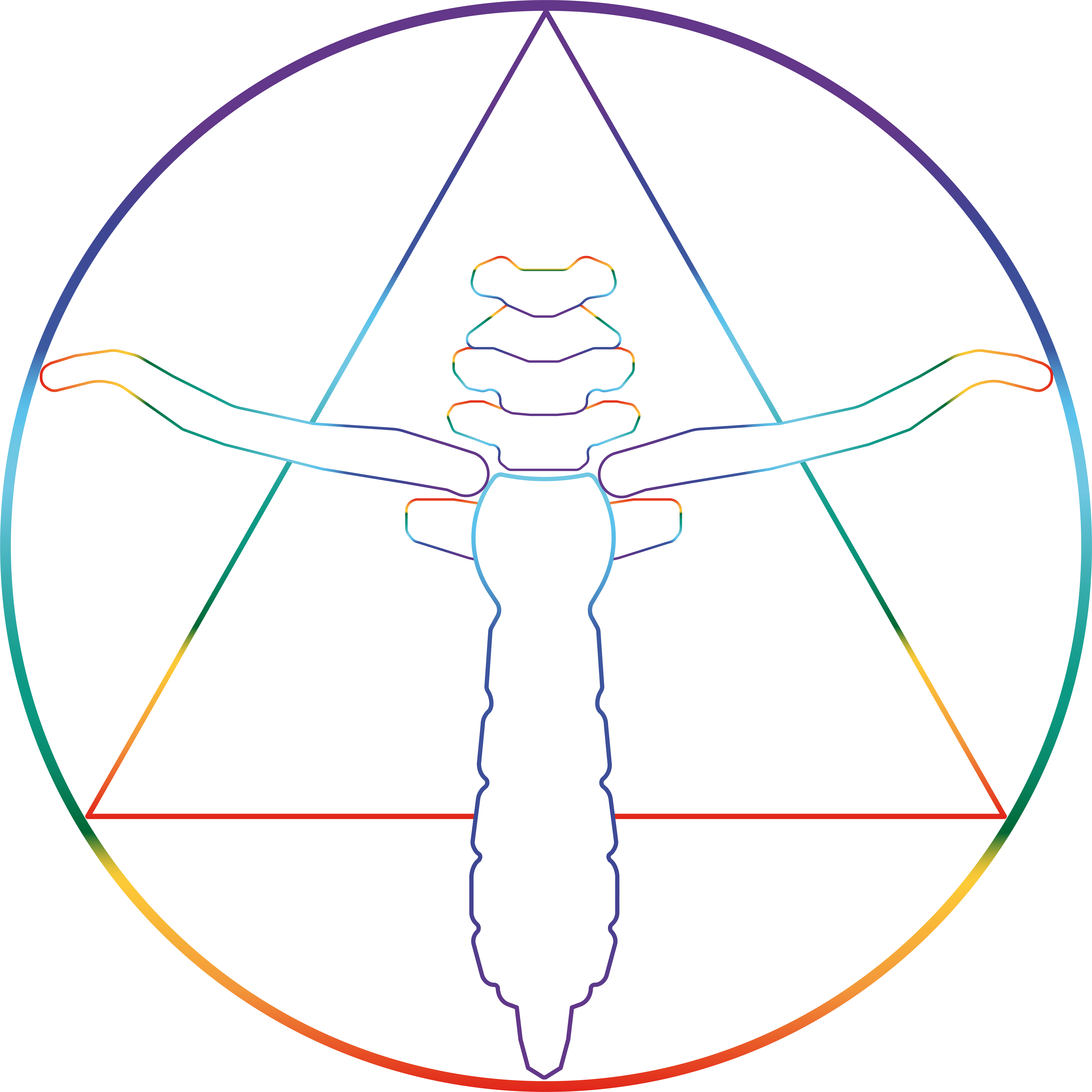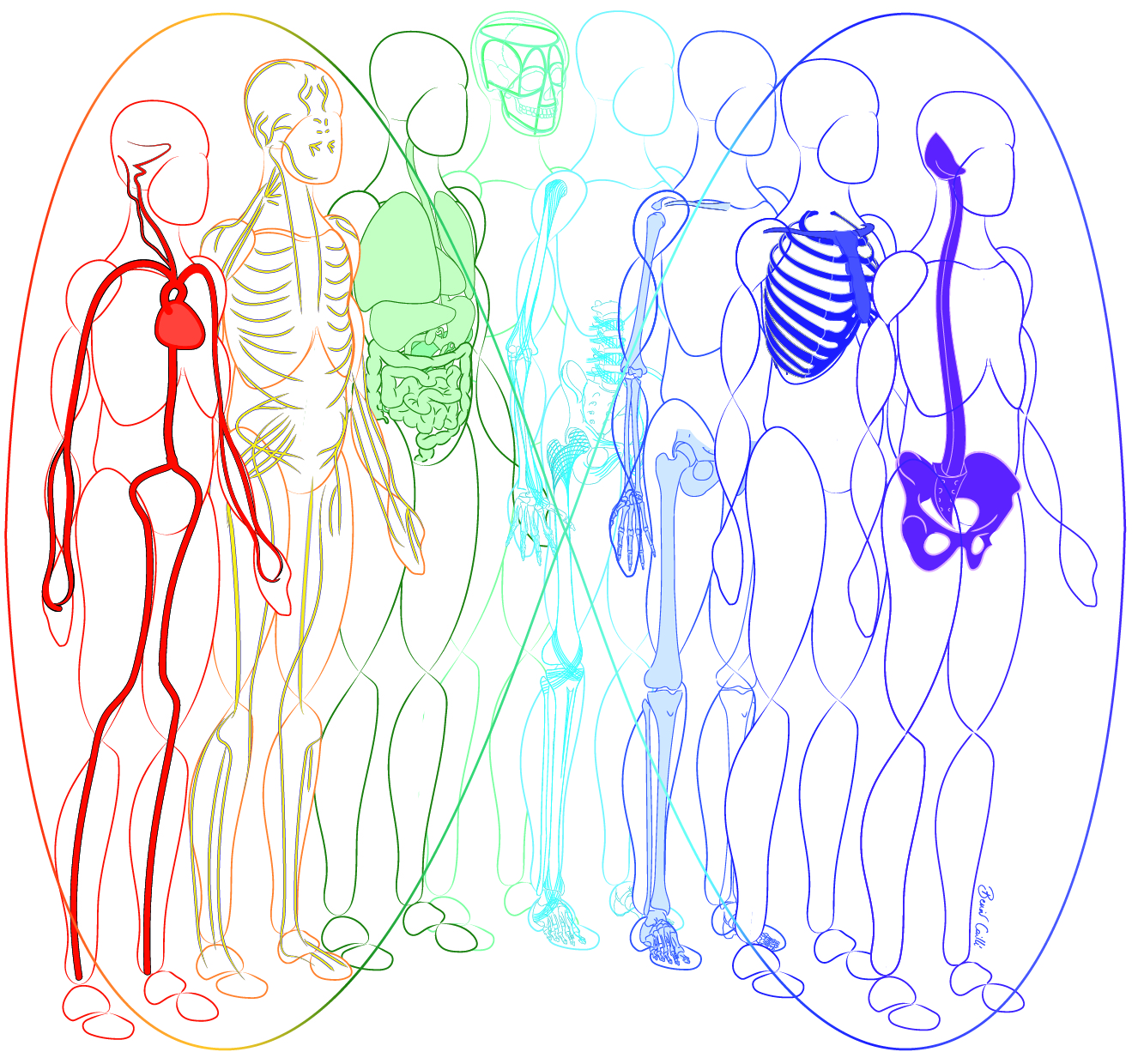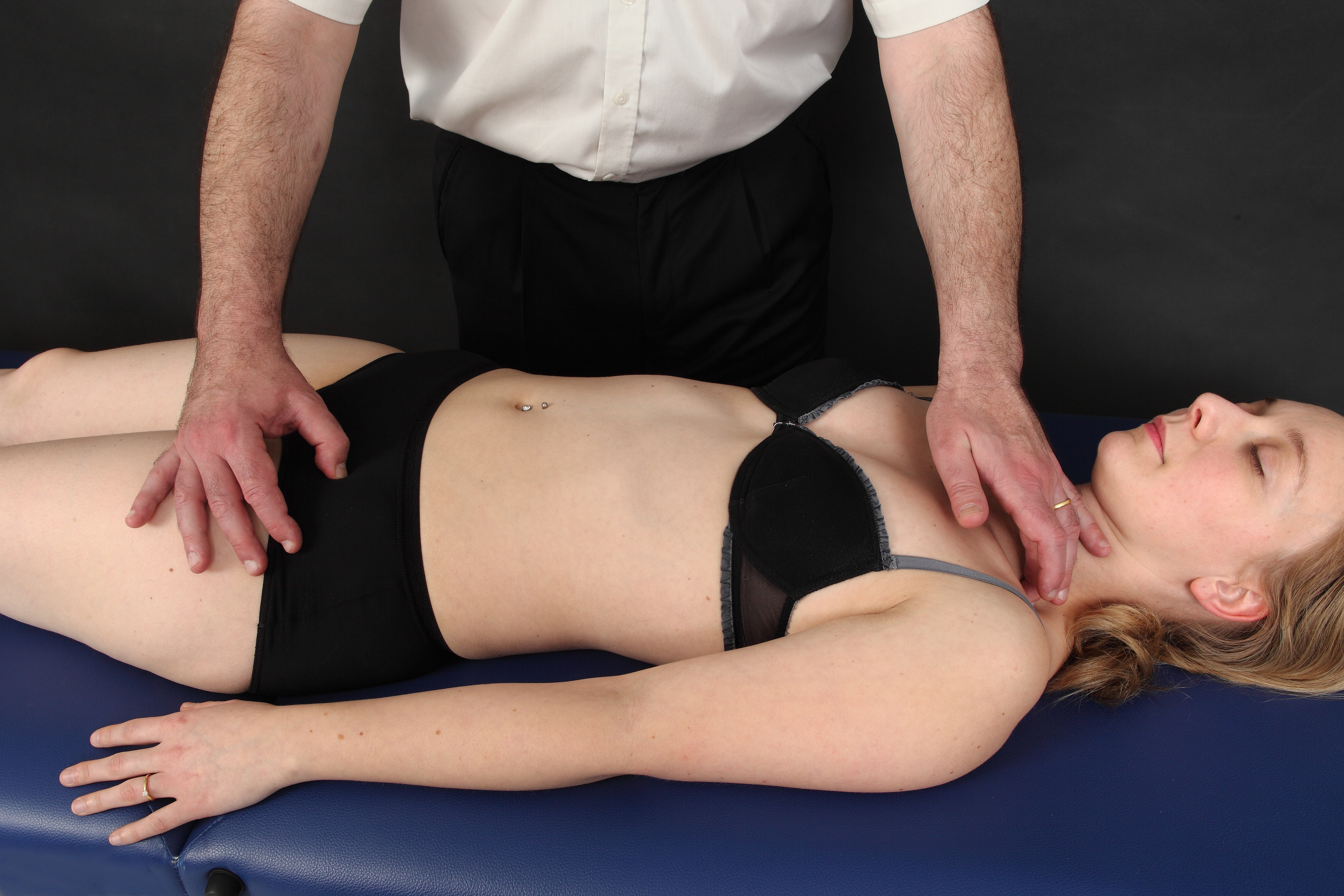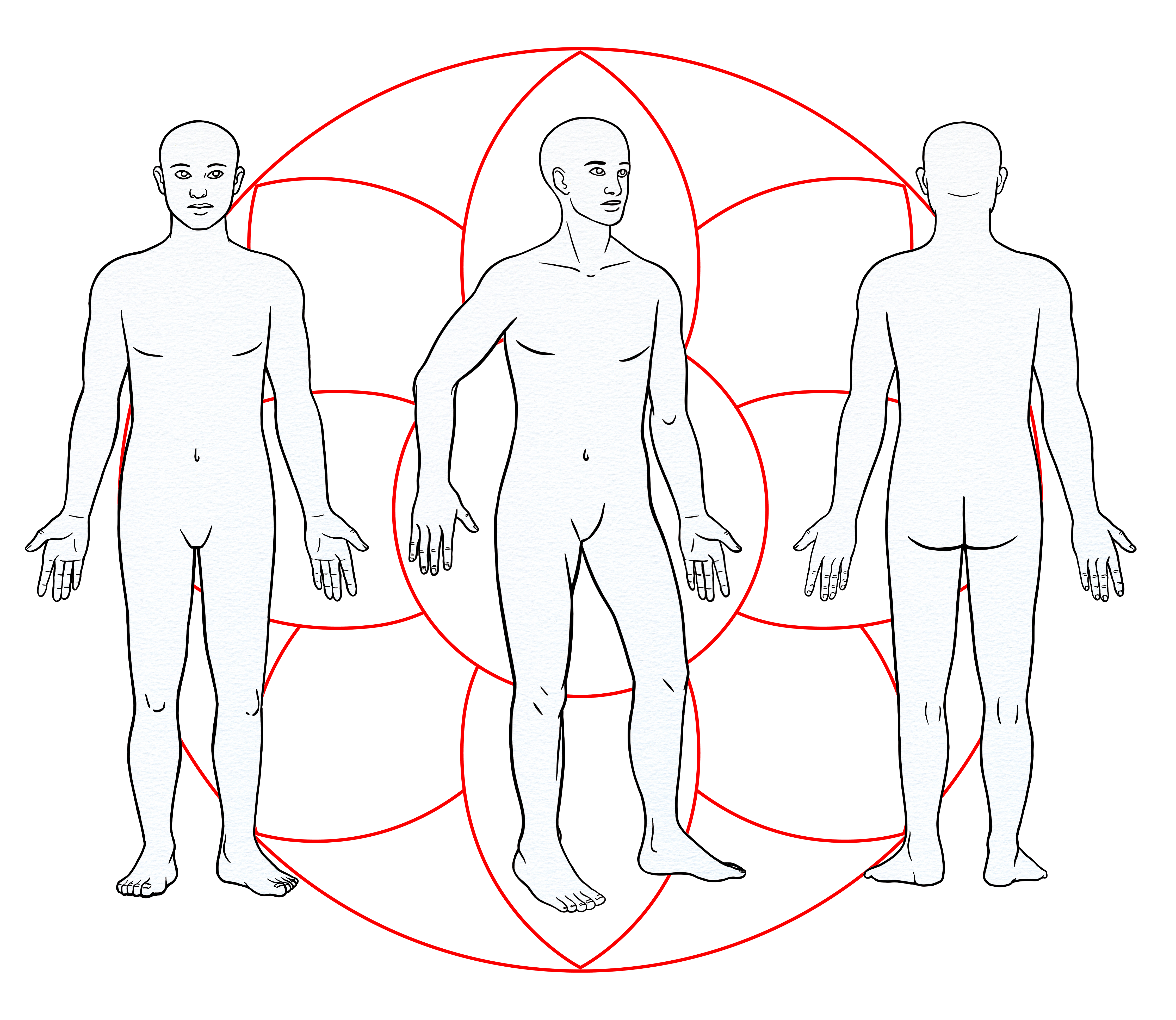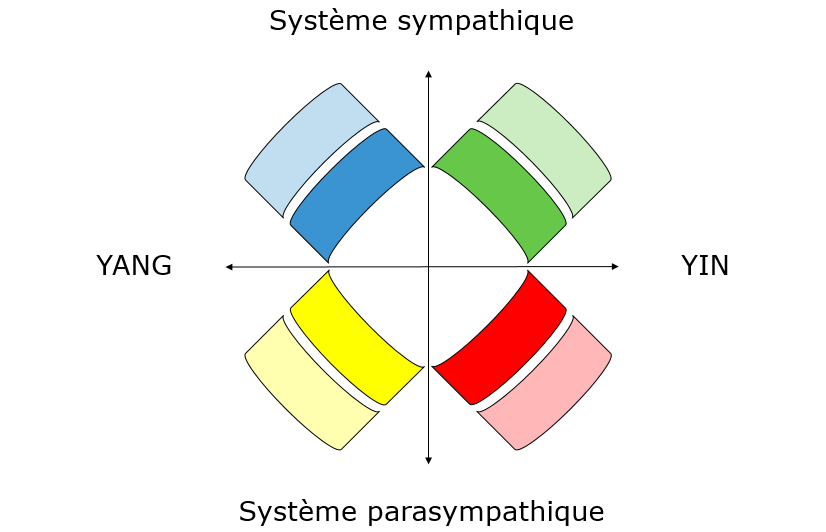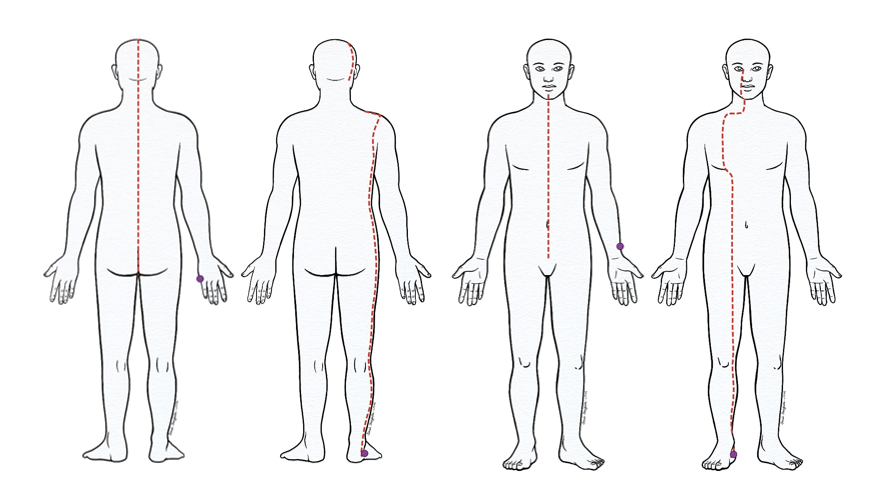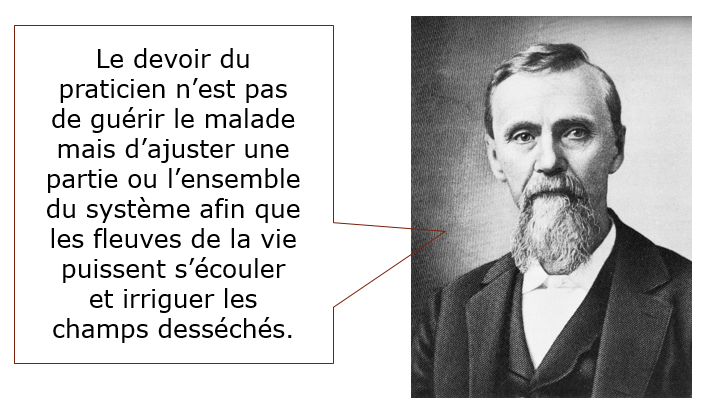As with any discipline, basic LMO training calls for advanced courses for practitioners who wish to take it further. There is a multitude of "optional" tests that are taught in Master level courses. Despite the obvious advantage of knowing these complementary tests, they are presented to practitioners who meet the necessary prerequisites[1] as they require palpatory experience[2] and proper mastery of the basic tests. We often present the advanced courses as « the cherry on the cake[3]» of LMO.
Master courses are therefore designed for experienced LMO therapists who wish to further their practice with additional tests so as to refine their diagnostic ability and their therapeutic results in complex clinical cases.
Advanced courses also propose new treatment perspectives such as the regulation of systems or combined adjustment of osteopathic lesions.
Furthermore, while the same methodology applies, the LMO is in constant evolution. A number of developments resulting from the experience of the entire LMO teaching team[4] are regularly presented in these courses. Master courses are the reflection of LMO’s permanent spirit of innovation.
Master 1 completes the osteoarticular system (LMO 1 and LMO 2) with the epiphyseal lines, the muscular system and the ligamentous system of the spine, the thorax and the extremities.
Master 2 completes the visceral system and the vascular system (LMO 4 and LMO 5) by integrating new tests of the diaphragm, the perineum, the cerebral arteries and return circulation (venous and lymphatic) in the general examination.
Master 3 completes the nervous system (LMO 6) with the encephalon, the cranial nerves and additional key points of the peripheral nerves.
Master 4 completes the cranium (LMO 3) with the vestibular system, new tests of the bony head and the craniocervical junction as well as a recapitulation of the LMO approach applied to the cranium of the neonate.
[1] See All the courses on lmosteo.com for the basic courses that are prerequisites for each Master course.
[2] For example, the encephalon that requires particular palpation, the venous system that demands proper prior knowledge of the arterial system, the tests of the epiphyseal lines that complete the peripheral articular examination or the vestibular system that may only be correctly integrated once all the basic tests of the cranium are known.
[3] Which presupposes there already is a cake (basic training).
[4] As well as all the LMO practitioners whose feedback from their experience have greatly contributed to the development of the method. We wish to thank them here for the many ideas they bring and the richness of the discussions they elicit.




